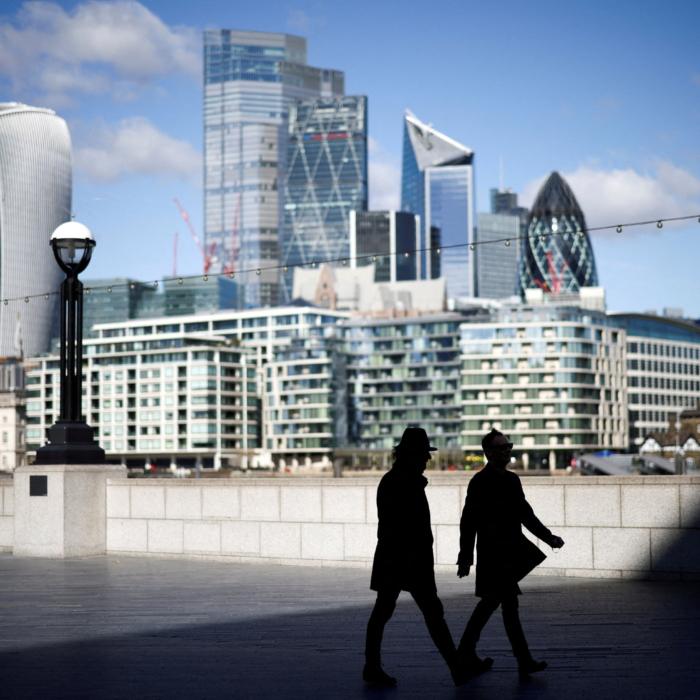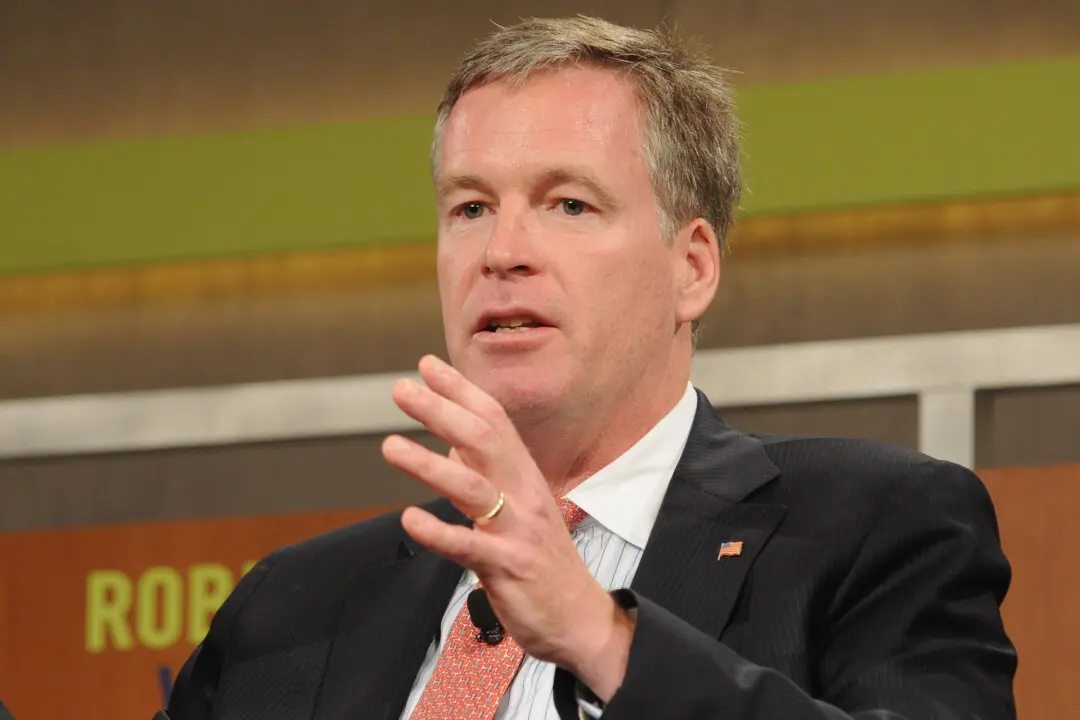UK wage growth remained resilient in the latest reported quarter, but economists expect it to gradually slow down as the labour market cools in the following months.
In the three months to April, total earnings held at 5.9 percent, the same as for the previous three-month period.
The figure excluding bonuses was 6 percent, a “touch softer” than economic forecasts of 6.1 percent, the Office of National Statistics (ONS) has reported.
Sector-wise, the annual average regular earnings growth for the public sector remained strong at 6.4 percent.
The private sector, which is closely watched by the Bank of England, showed growth of 5.8 percent. This is the slowest pace in two years for average weekly earnings in the private sector, despite the increase in the National Living Wage by 9.8 percent to £11.44.
In February to April, the finance and business sectors enjoyed the largest annual regular pay growth of 6.9 percent. The smallest annual regular pay growth across sectors, at 2.9 percent, was recorded in construction.
April saw inflation hit its lowest level in almost three years at 2.3 precent, driven by falling gas and electricity prices.
Prime Minister Rishi Sunak called it a “major moment for the economy,” despite a wider expectation of a bigger drop to 2.1 percent.
With inflation falling, real income gains for employees recorded 2.2 percent in the three months to April. This is the highest level since October 2021. Adjusted for inflation, the annual pay growth in real terms was 2.3 percent—stronger than any point since 2015, bar the pandemic.
A senior economist at Resolution Foundation think tank, Hannah Slaugher, said that British workers will be relieved to see a return to real pay growth.
Labour Market
The ONS also said there were signs of the labour market cooling. A slight decline in the number of vacancies was recorded in March to May, down 1.3 percent from the preceding quarter.There were less vacancies in nine out of 18 industry sectors, with wholesale and retail trade experiencing the biggest decrease. Meanwhile, the rate of unemployed people for vacancy—at 1.7—was slightly up in February to April, from 1.5 in the previous quarter.
According to the National Institute of Economic and Social Research (NIESR), with unemployment rising relative to vacancies, wage pressures will ease gradually in the coming months as the labour market cools.
Further evidence of a cooling jobs market has been reported by the HM Revenue & Customs. It said that the number of UK workers on payrolls fell by 3,000 to 30.3 million in May, though this is subject to revision.
Bank of England
The persistence of wage growth raises concerns about “stickier inflation,” said NIESR economist Monica Michail.The Bank of England’s announcement on interest rates comes next week, following the meeting of the Monetary Policy Committee (MPC) on June 20.
According to Ms. Slaughter, the BoE will likely be worried about strong nominal pay growth of 6 percent.
Commenting on the long-term economic outlook, Ms. Slaughter said it remains “one of stagnation.”







